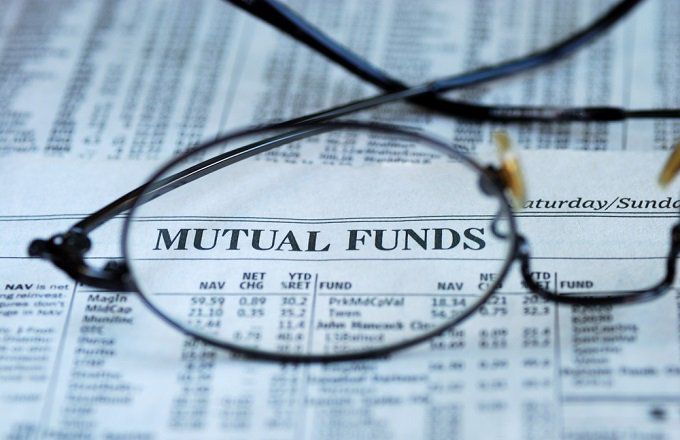Mutual fund investing can be quite overwhelming even for those who have some decent amount of familiarity with the financial markets.
For one, there are a lot of choices, each of which lets you use unique and sometimes complex trading strategies.
And when you trade mutual funds, you’ll find it’s very different from trading stocks or exchange-traded funds. The fees you pay will also be different.
What are Mutual Funds?
A mutual fund refers to an investment company that pools the money of many different investors together in one large holding.
The professional manager of such fund is responsible for investing the money in different kinds of assets such as stocks, bonds, commodities, and sometimes even real estate. You as an investor buy shares of a mutual fund.
Such shares represent ownership interest in the portion of assets owned by the mutual fund.
Overall, these funds are designed for longer-term investors and are not meant to be traded frequently mostly because of their fee structures, which we will tackle shortly.
Trading Mutual Funds
As we have mentioned, trading mutual funds is quite different from trading stocks or ETFs. Mutual funds require minimum investments of anywhere from $1,000 to $1,500, unlike stocks and ETFs where the minimum investment is one share.
It’s wise to remember that mutual funds trade only once a day after the markets close, whiles stocks and ETFs can be traded at any point during the trading day.
The price of the shares in a mutual fund is determined by the net asset value (NAV) which is calculated every market close. You can calculate the NAV by dividing the total value of all the assets in the portfolio, minus any liabilities, by the number of outstanding shares. This is different from stocks and ETFs, wherein prices are volatile during the trading day.
Charges and Fees
One of the most crucial aspects to understand about mutual funds is the types of fees and charges associated with buying and redeeming mutual fund charges. These fees vary widely and can have a drastic impact on the performance of an investment in the fund.
There are mutual funds that charge load fees when buying or redeeming shares in the fund. The load is similar to the commission paid when buying or selling a stock.
Back-End Load
A back-end load, which is also called a deferred sales charge, is required to be paid if the fund shares are sold within a certain time frame after first purchasing them. This is usually higher in the first year after buying the shares. However, it then goes down each year after that.
Level-Load Fee
A level-load fee is an annual charge deducted from the assets in a fund to pay distribution and marketing costs for the fund. Such costs as known as 12b-1 fees, and are a fixed percentage of the fund’s average net assets. They are limited at 1 percent by law.
Expense Ratio
The expense ratio includes ongoing fees and expenses for the fund. Expense ratios can vary widely but are in general 0.5 to 1.25 percent.
